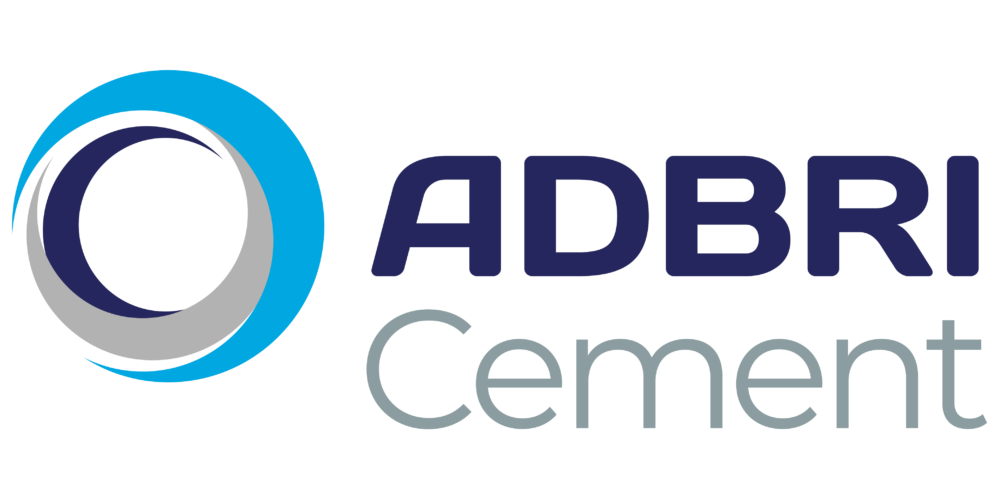FAQs
How does stone size affect the concrete strength?
Changing the stone size from 6 mm to 10 mm (or 10 mm to 14 mm or 14 mm to 20 mm) will reduce the water required to obtain a nominal 75 mm slump by about 10 L/m3. It is the reduction in water not the increase in stone size that increases the strength of the concrete.
What does it mean to cure concrete?
Curing concrete keeps it moist for a period of time (typically 3-7 days), which maximises cement hydration and subsequent strength development.
Concrete not cured correctly will be:
- Weaker.
- Less durable.
- More likely to crack.
Concrete should be cured immediately after finishing operations are completed.
What is a practical method to cure concrete?
The use of a spray on curing compound is typically considered the most practical. However, these products may need to be removed (stiff brush/high pressure water) from the concrete surface prior to the application of certain finishes such as paint or adhesive floor coverings.
Another option is to use plastic sheeting to cover the concrete.
For more information visit https://www.ccaa.com.au/imis_prod/documents/ConcreteBasics.pdf chapter 10
What concrete mix can be used for a home driveway?
For the majority of residential pavement applications a 20 MPa concrete will provide the desired level of performance, or 25 MPa if the driveway will be subject to heavier loads (3-10 tonne gross mass).
A good practical mix would be 1:2:3 by volume (1 part cement, 2 parts sand, 3 parts stone).
See https://www.ccaa.com.au/imis_prod/documents/CCAA_DATASHEET_Residential_driveways_and_paths_TT_Review1.pdf for more information.
Why should a shovel not be used to measure materials for concrete or mortar?
When mixing on site by volume, measure constituents using a container (i.e. 10 litre bucket) as this will facilitate product consistency.
It is not advisable to use a shovel to measure constituents as cement will lie fairly flat on the blade whereas sand and stone will sit proud. This will result in a shovelful of cement having a different volume to that of the aggregate/s.
What is the difference between Type GP and Type GB cement?
Type GP is a General Purpose Portland cement containing up to 7.5% mineral addition. Type GB is a blend of General Purpose Portland cement and Ground Granulated Blast Furnace Slag (typical 70/30% respectively).
Both cements are suitable for general applications of concrete, mortar, renders, and grouts. Type GP offers shorter setting times and increased early strength development but is not suitable if there is a risk of sulfate attack. Type GB offers extended workability and increased resistance to chemical attack.
Do the setting/strength gain time differ between General Purpose (Type GP) and Premium Cement (Type GB) cement?
Typically, yes, although these times can vary dependant on ambient conditions. In general, Type GB cements take longer to set and gain strength than Type GP, however both achieve similar performance at 28 days.
What is the difference in performance between General Purpose Concrete and Speed Set?
If mixed and cured correctly, General Purpose Concrete has a minimum 25 MPa compressive strength at 28 days (10 MPa for Speed Set). Post hole supports can be removed within an hour using Speed Set (number of hours for Concrete).
What can Concrete and Speed Set be used for?
Speed Set is ideal for non-structural applications such as hole filling for fence and pergola posts, securing clotheslines, letterboxes, basketball rings, street signage, playground equipment, and garden trellis.
Speed Set is not recommended for use with aluminium posts or poles, house footings, floors, or driveways.
General Purpose Concrete is suitable for all non-structural applications such as residential paving, small slabs, garden paths, stepping stones, patios, light foundations, and post holes.
What is the difference between Basic Mortar and Brickies Grey Mortar?
Basic Mortar (sand and cement) is a 1:4 blend of cement and sand, proportioned as a M4 mortar in accordance with Table 11.1 of AS 3700. This product is suitable for general purpose mortar applications including below damp course and roof tile bedding.
Brickies Grey Mortar is a blend of cement, hydrated lime, and sand (1:1:6), proportioned as a M3 mortar in accordance with Table 11.1 of AS 3700. Suitable for laying masonry blocks, bricks and stonework, and general purpose mortar applications above damp course.
Can you add colour to Pave Set?
No. Colouring oxides will not disperse homogenously, may result in stained pavers, and will affect the product, preventing it from gelling as the product is designed.
Can you colour Render Coat?
Yes. However mixing instructions should be followed carefully as an excess of colouring oxide can affect the bonding characteristics of the product.
Can cement be added to Pave Set?
No. Any deviation from the instructions to the back of the bag can affect the workability of the product and may damage your pavers.
